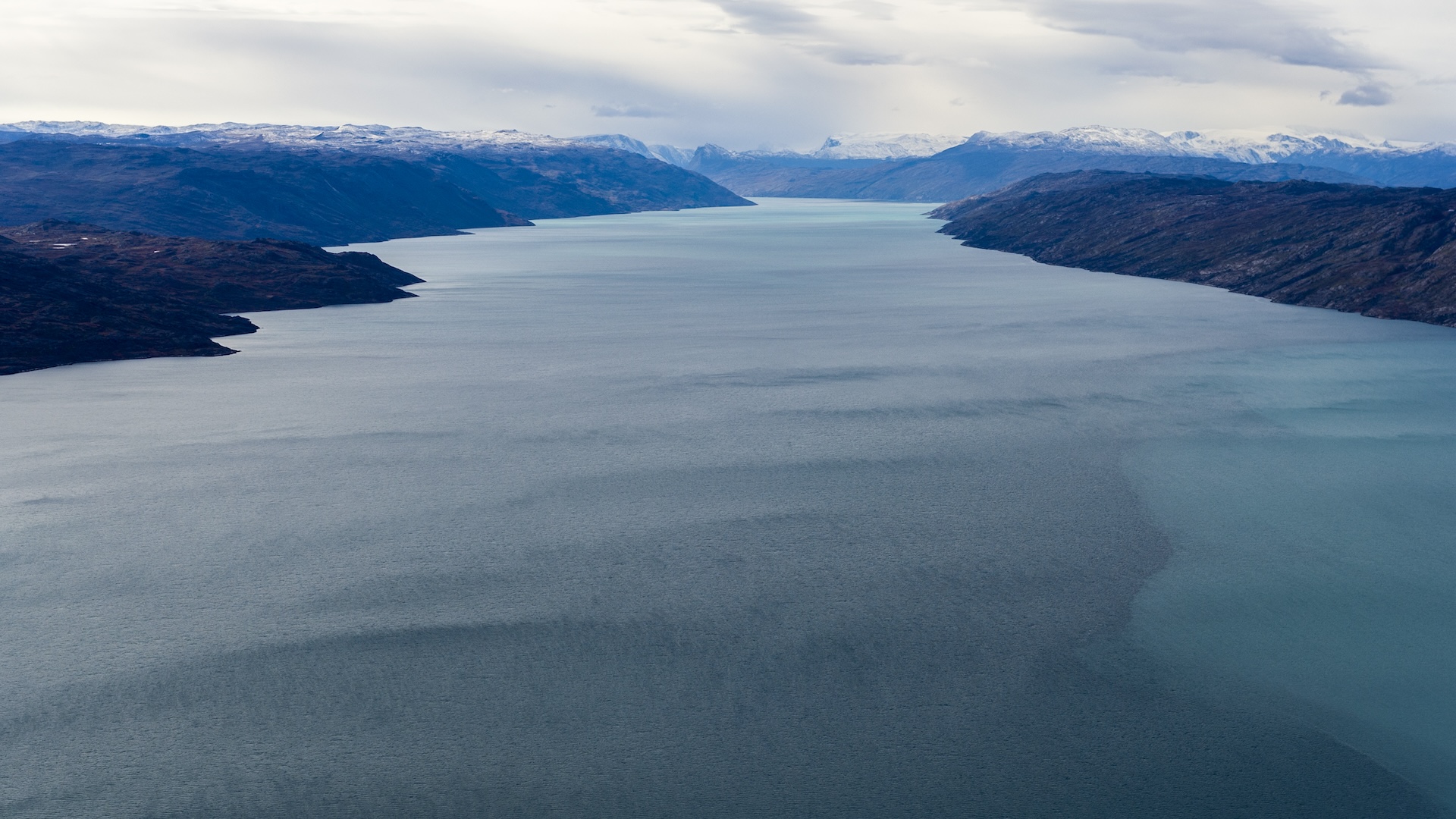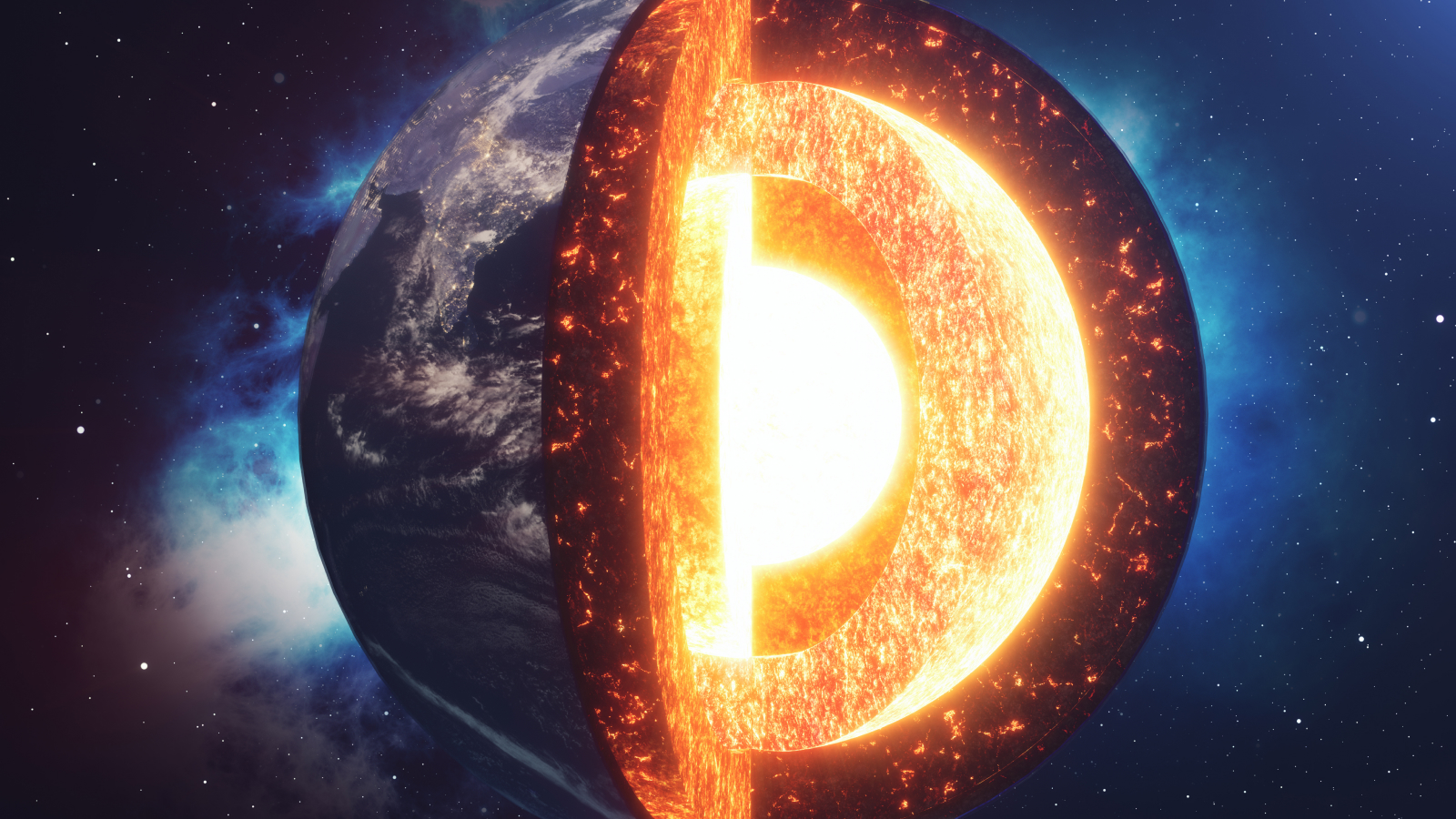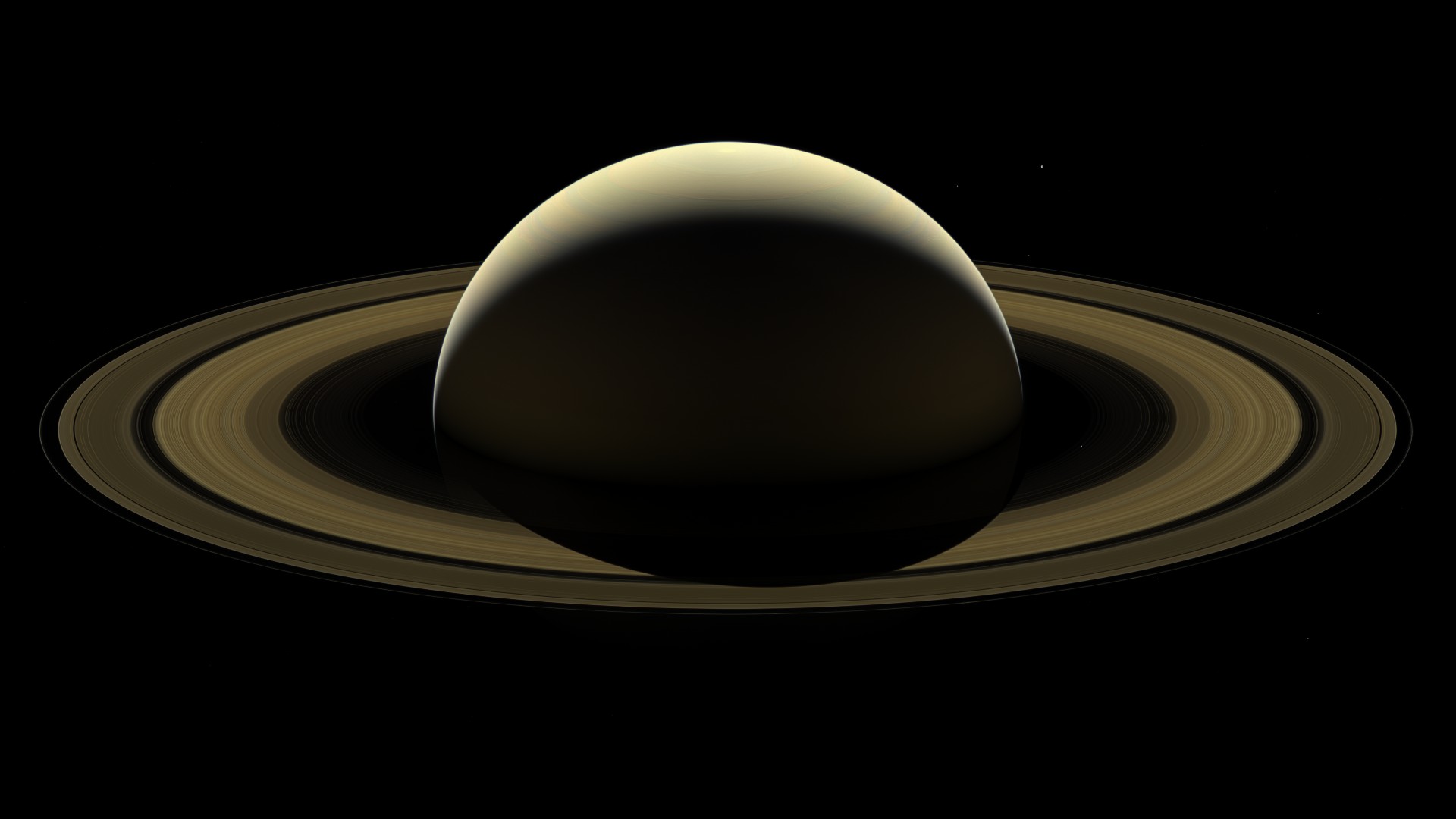Plate Tectonics
Latest about plate tectonics
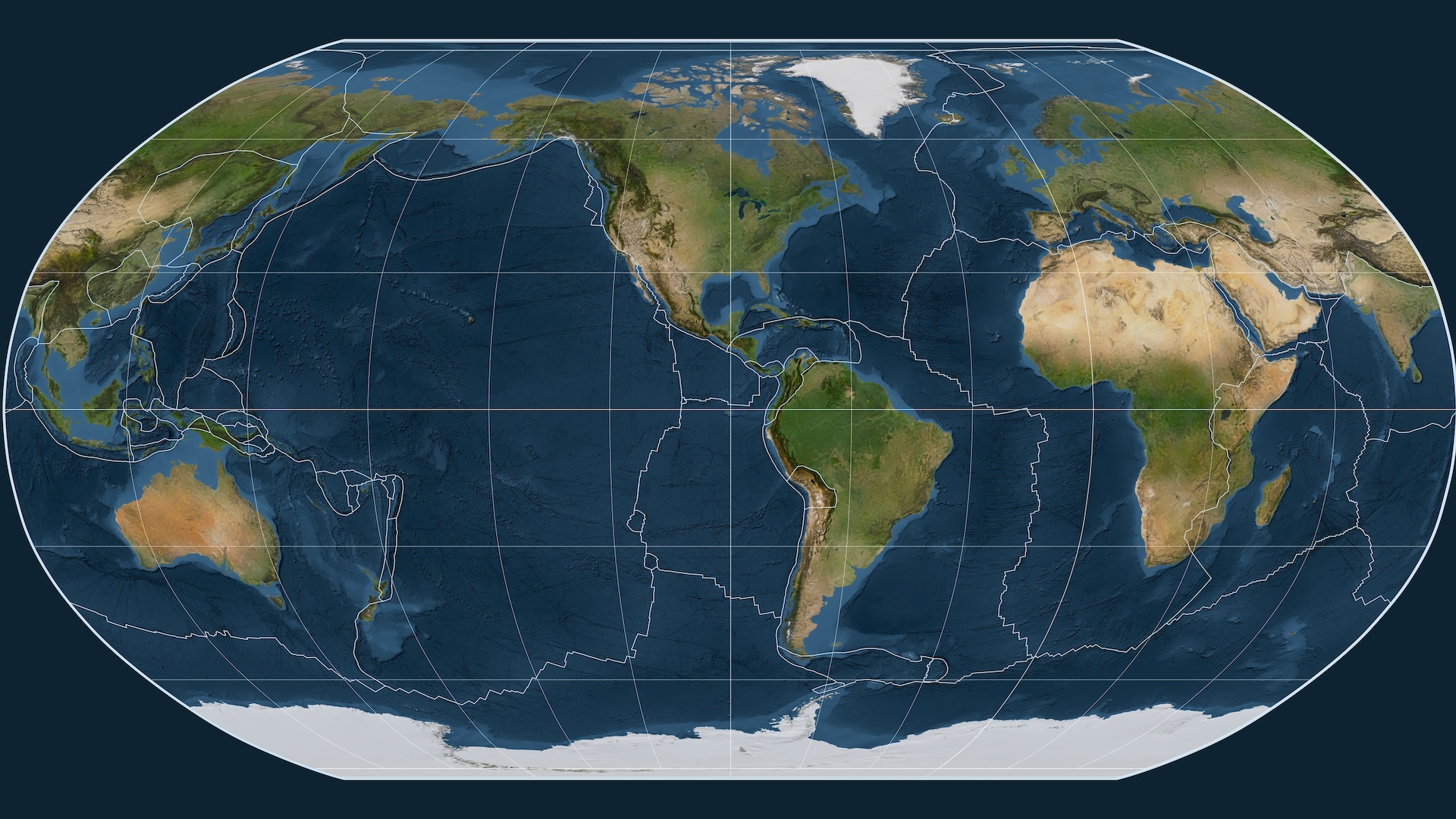
When did plate tectonics begin?
By Stephanie Pappas published
Earth surface is covered with rigid plates that move, crash into each other and dive into the planet's interior. But when did this process begin?
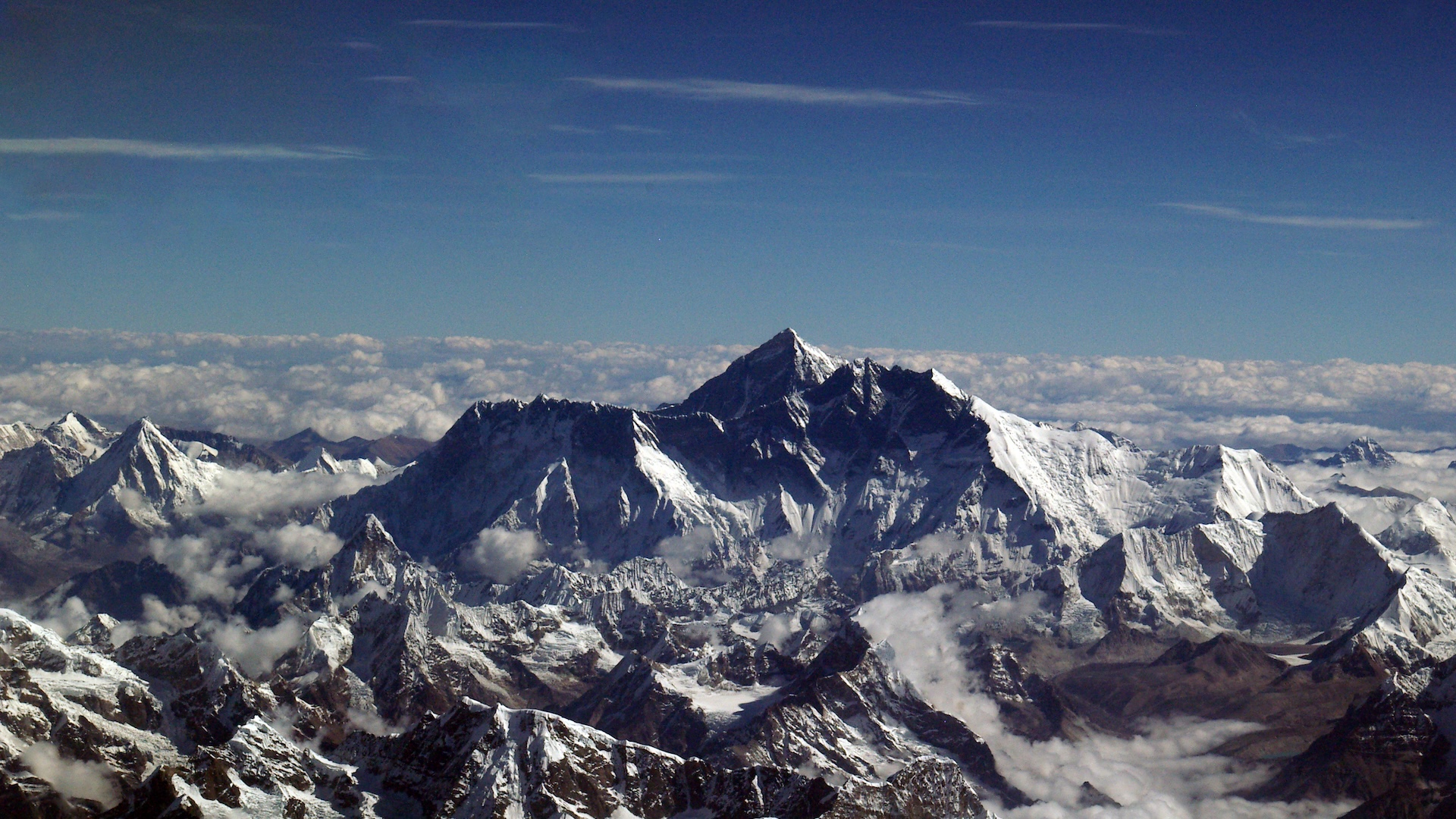
Will Mount Everest always be the world's tallest mountain?
By Katherine Irving published
The Himalayas' massive heights result from a unique combination of geologic factors.
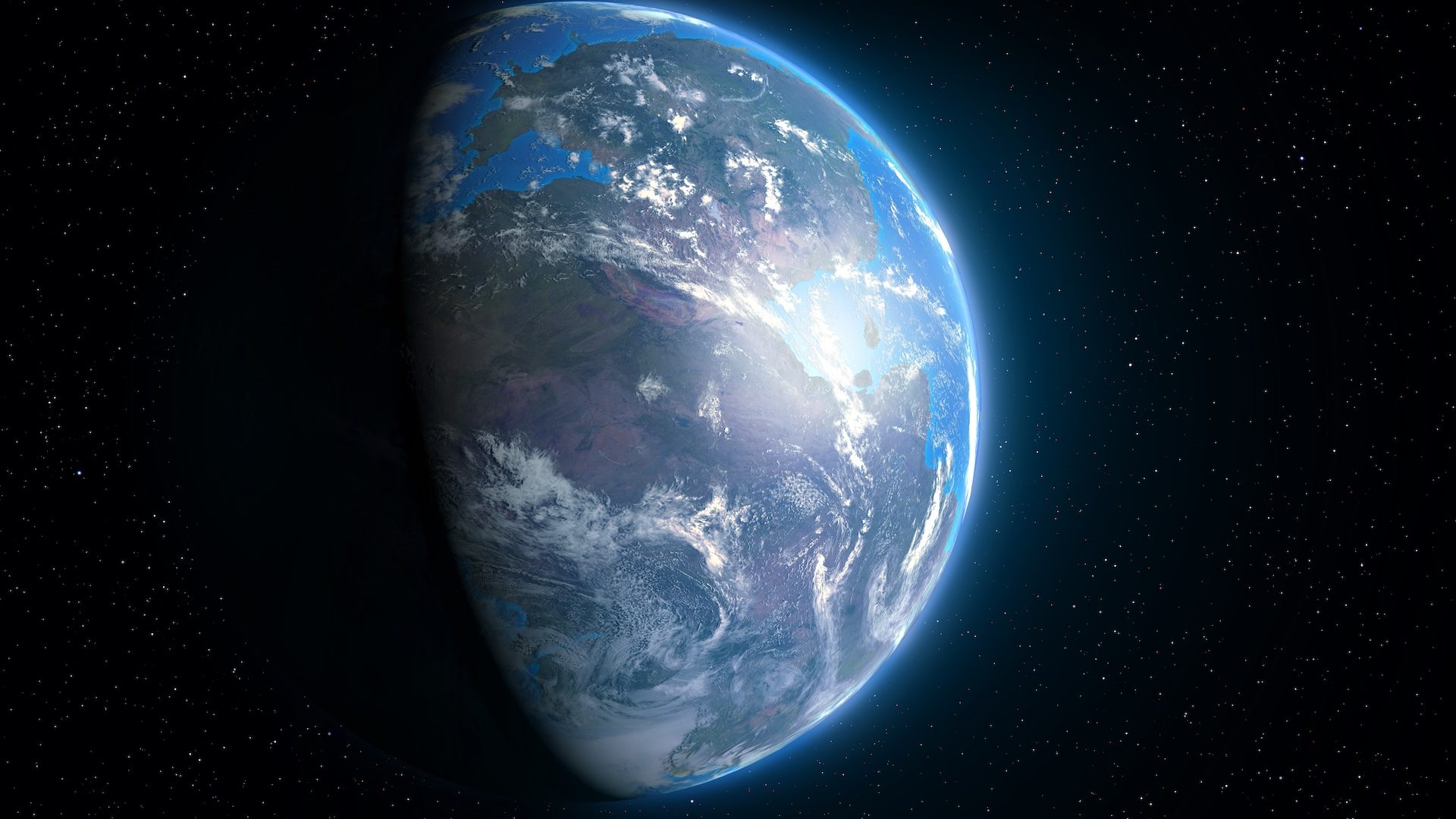
Earth's mantle is split into two halves thanks to supercontinent Pangaea
By Stephanie Pappas published
The mantle is split up into two domains — the African and the Pacific — that emerged when supercontinent Pangaea broke apart.

How old is planet Earth?
By Briley Lewis published
How old is Earth? Our planet's age is known from a variety of sources, from rocks on our own planet to ones from the moon.
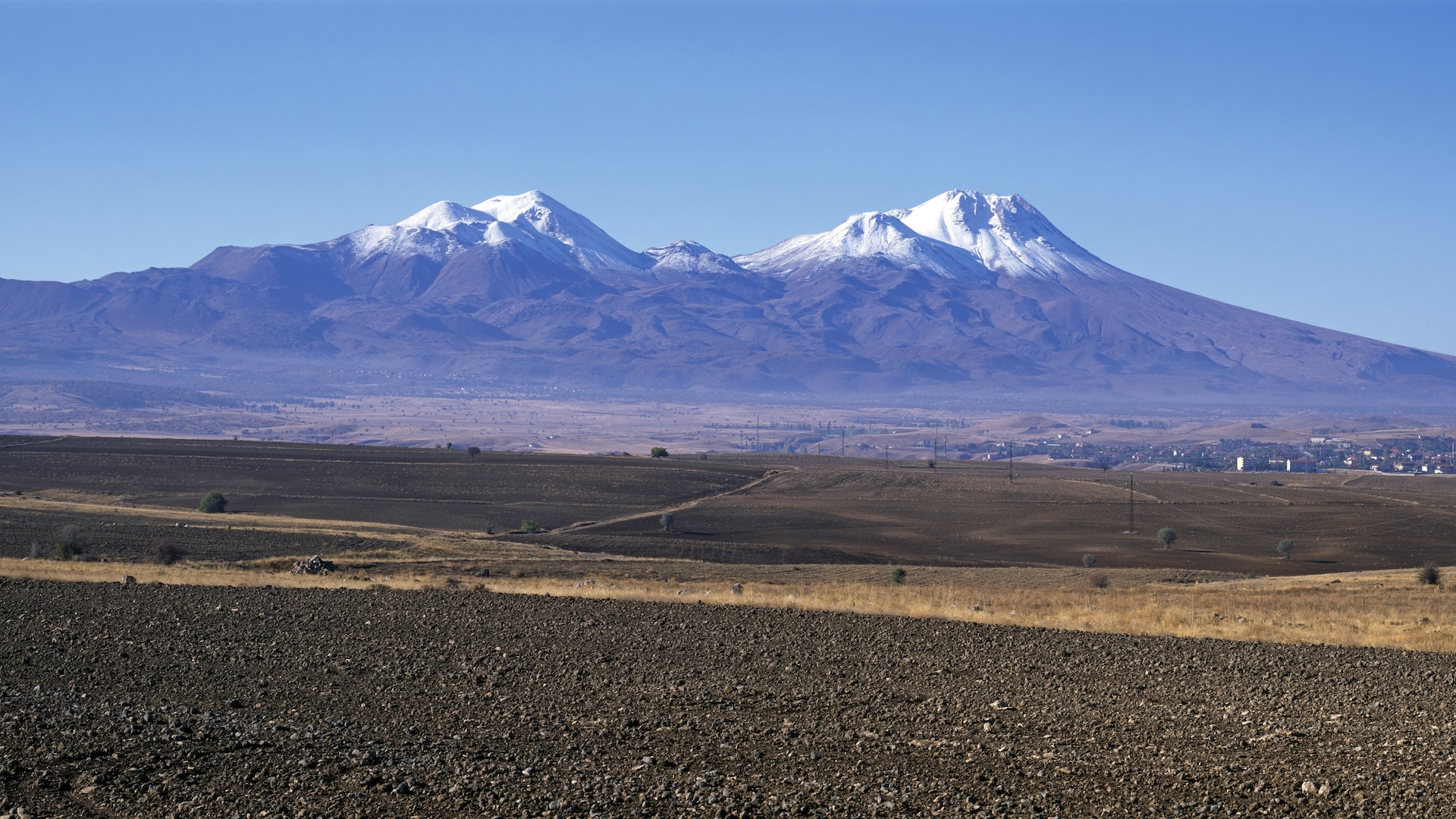
Earth's crust may be building mountains by dripping into the mantle
By Stephanie Pappas published
An odd phenomenon called lithospheric dripping might occur wherever mountains form.
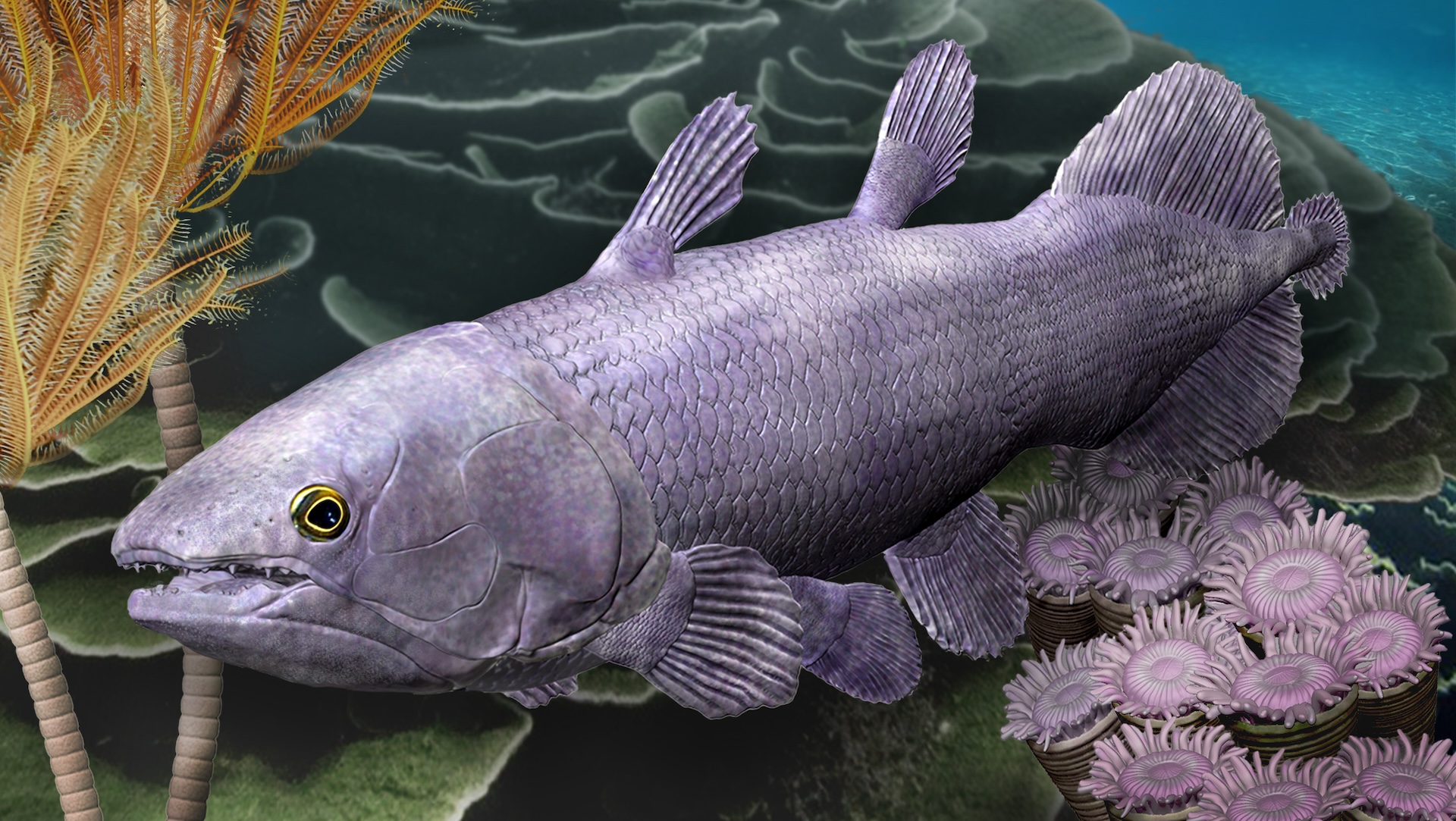
Ancient relative of 'living fossil' fish reveals that geological activity supercharges evolution
By Stephanie Pappas published
The ancient coelacanth, which has existed for some 419 million years, never stopped evolving despite its reputation as a "living fossil." A new discovery reveals that it evolved faster when plate tectonics were most active.
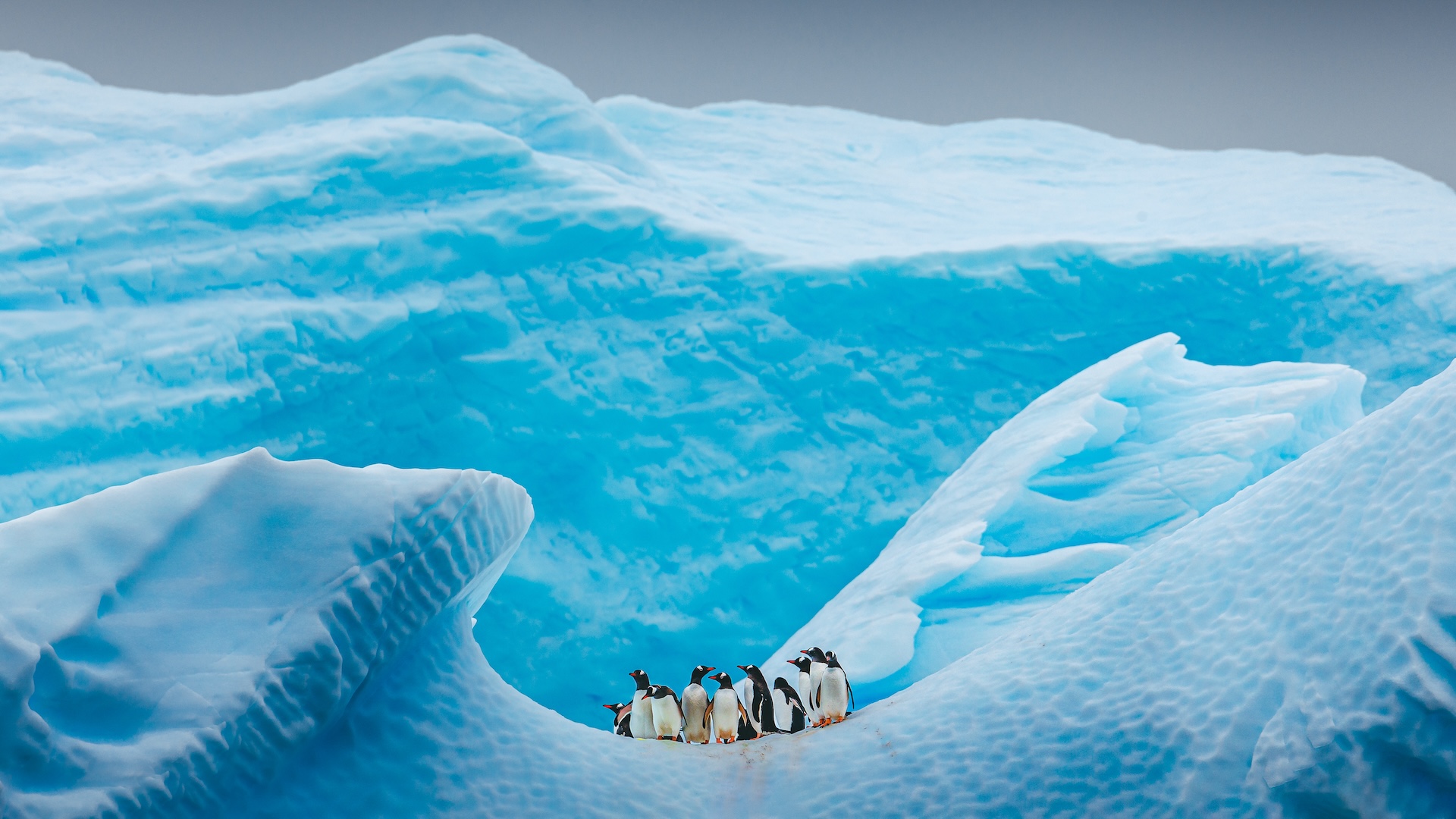
When was the last time Antarctica was ice-free?
By Victoria Atkinson published
Antarctica is covered by a miles-thick ice sheet, but was that always the case? And when was the coldest continent ice-free?
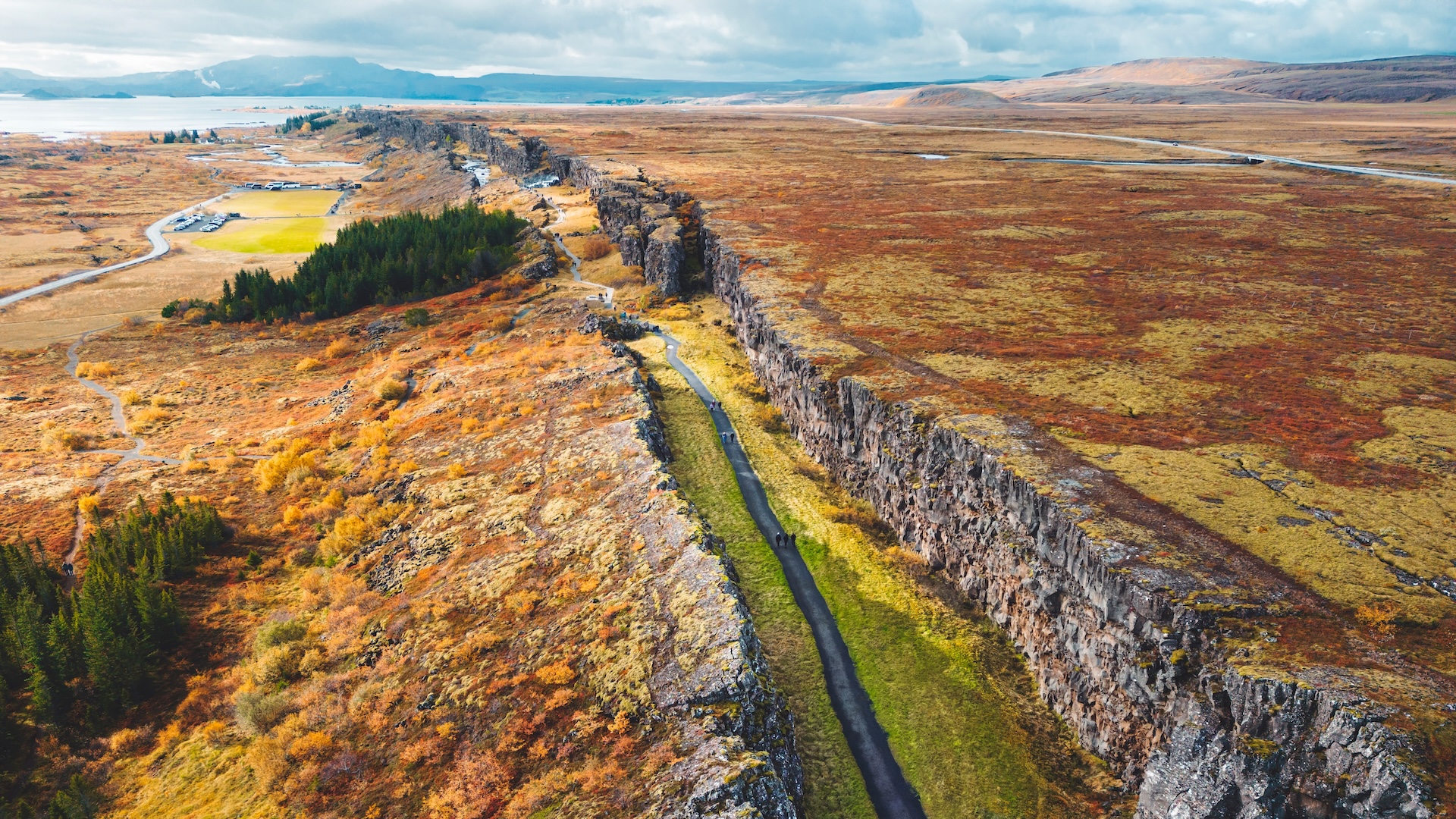
Mesmerizing animation shows Earth's tectonic plates moving from 1.8 billion years ago to today
By Alan Collins published
It's the first time Earth's geologic record — information found inside rocks — has been used to create an animation of this kind.
Sign up for the Live Science daily newsletter now
Get the world’s most fascinating discoveries delivered straight to your inbox.
